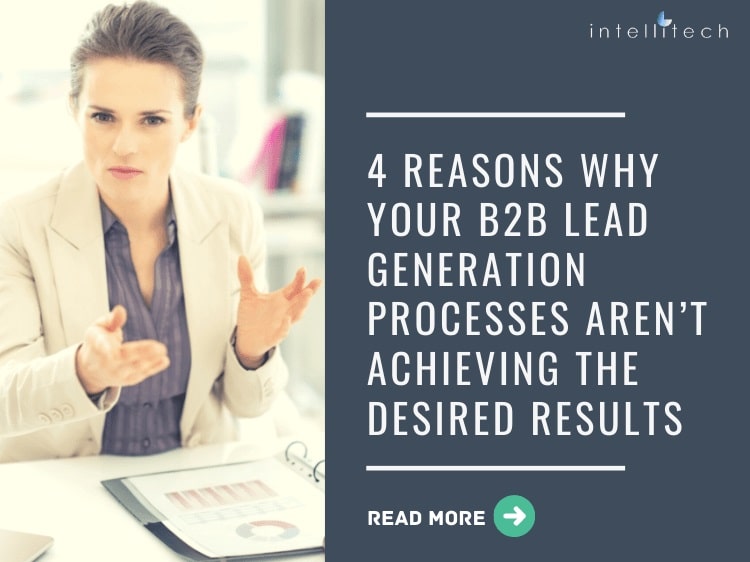Everyone talks about how lead generation should be done in certain ways. However; there is no one-size-fits-all formula for augmenting lead generation and conversion. Different companies have different approaches depending upon their goals and objectives; however, attention should also be given some other factors that may not seem so obvious but could have the potential to impact your lead generation success.
This blog discusses the not-so-obvious but important factors that have the capacity to impact your lead generation processes and results.
Not all leads are similar-
Each lead is different:
Differentiating leads is crucial for sales and marketing people so that the sales teams only spend more time and effort on those leads that are most likely to convert. It is also important to understand whether a lead qualifies to be a potential converting-lead before it is passed on to the sales team.
MQLs are the Marketing Qualified Leads that are ready to be handed over to the sales teams; on the other hand, Sales Qualified leads are the ripened ones that are ready to buy from you. A clear distinction between MQL and SQL is necessary for faster conversions.
It all comes down to knowing the type of leads and the need for nurturing certain leads in order to move them to the stage of conversion. Effective lead generation entails a journey and a deep understanding of different types of leads to finally get the desired results.
Not all buying stages of leads are the same-
Identify the buying stage of a lead:
Some of the qualified leads are not yet ready to buy from you; hence nurturing them becomes a crucial step in lead conversion. Some of these qualified leads need to be reached through your website, through e-mailers or content that educates them about your services so that they can quickly arrive at a buying decision. Nurturing entails understanding the exact requirements and communicating with the prospect about the various virtues of your services that can help them solve their challenges.
Lack of Coordination and Collaboration-
Your sales and marketing teams need to be on the same page:
Sales and Marketing teams cannot work in silos. The synergy between marketing and sales teams can speed up the process of lead conversion. Here are a few things that they could agree upon for the best outcomes.
- A clear understanding of the needs and requirements of the prospect
- Measuring the quality of leads
- Defining and agreeing upon the target audience
- Analyzing the processes in order to fine-tune then if necessary for more success in lesser time
- Preparedness to reconfigure the strategy or approach for certain leads for nurturing processes
Delayed response in contacting the lead:
Don’t let delayed response cost you a good lead:
Sometimes a delayed response to a prospect can increase the time of the sales cycle and can cause delays in the lead conversion process. Responding to a curious prospect should be a priority as it can be a game-changer in the B2B domain.
It has been observed that only 37% of companies have responded to their leads within an hour and that 24% of companies took more than 24 hours to respond to a lead!
These facts show that businesses failing to contact a lead in time could cost them a potential lead that might have otherwise got converted had they been proactive and quick in responding to the lead. Over a period of time, the quality of a lead can degrade and it can eventually become a cold lead.
Conclusion:
Every company is different and every lead is unique. There is no magic formula for B2B lead generation. The above factors are crucial in lead conversion; however, every organization has different business goals and objectives. The lead generation and nurturing process should be in line with the core business objectives of an organization. If the foundation of your lead generation process is about building long term relationships with customers other than just getting business out of them, then you will have created a more sustainable lead generation model for your company.

